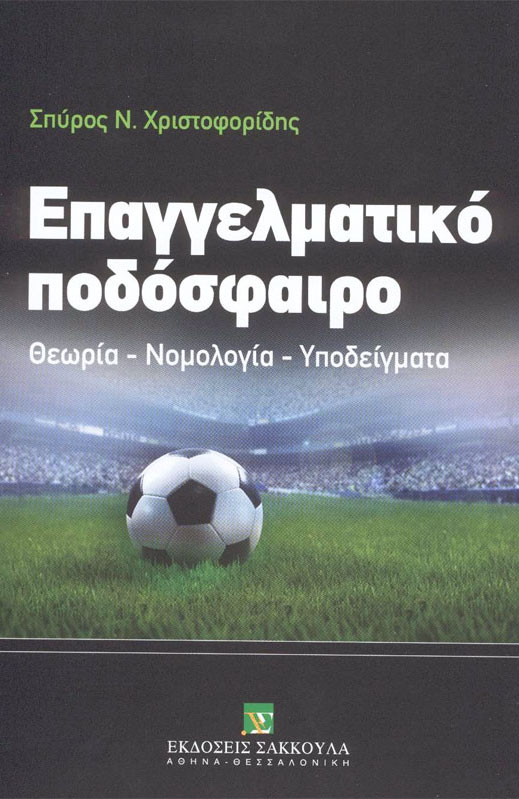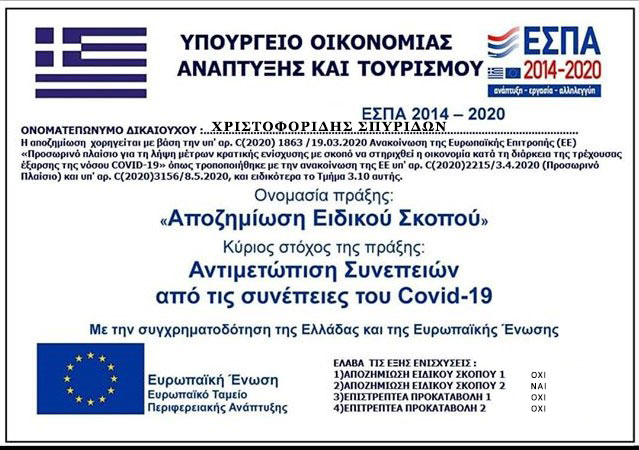Μπορείτε να διαβάστε την Πολιτική Απορρήτου & Cookies εδώ.
Απαραίτητα Cookies
Τα απαραίτητα cookies θα πρέπει να είναι ενεργοποιημένα ανά πάσα στιγμή, ώστε να μπορέσουμε να αποθηκεύσουμε τις προτιμήσεις σας για τις ρυθμίσεις cookies.
Εάν απενεργοποιήσετε αυτό το cookie, δεν θα μπορέσουμε να αποθηκεύσουμε τις προτιμήσεις σας. Αυτό σημαίνει ότι κάθε φορά που επισκέπτεστε αυτόν τον ιστότοπο, θα χρειαστεί να ενεργοποιήσετε ή να απενεργοποιήσετε ξανά τα cookies.
Cookies στατιστικών επισκεψιμότητας
Αυτός ο ιστότοπος χρησιμοποιεί το Google Analytics για τη συλλογή ανώνυμων πληροφοριών, όπως ο αριθμός των επισκεπτών στον ιστότοπο και οι πιο δημοφιλείς σελίδες.
Η διατήρηση αυτού του cookie μας βοηθά να βελτιώσουμε τον ιστότοπό μας.
Για να μπορέσουμε να αποθηκεύσουμε τις προτιμήσεις σας, ενεργοποιήστε πρώτα τα απαραίτητα cookies!





